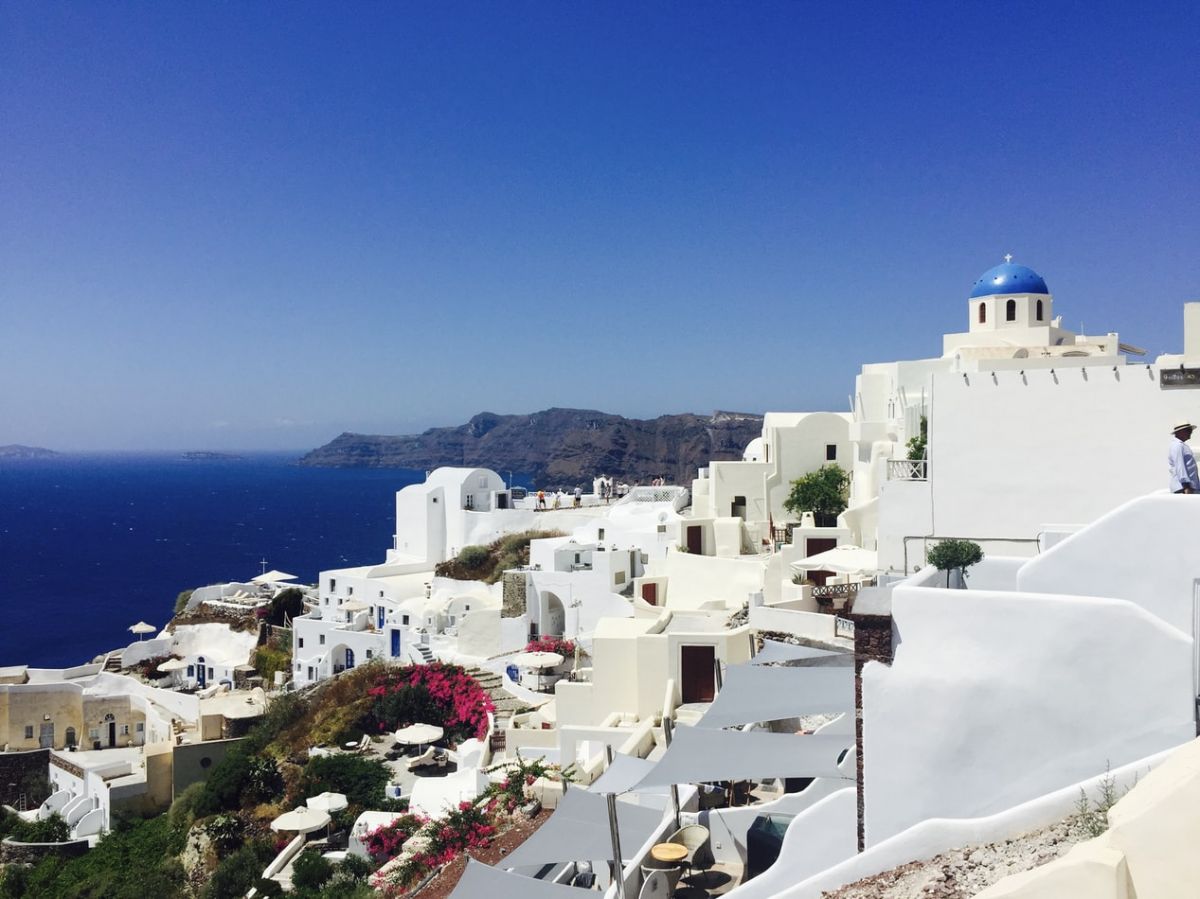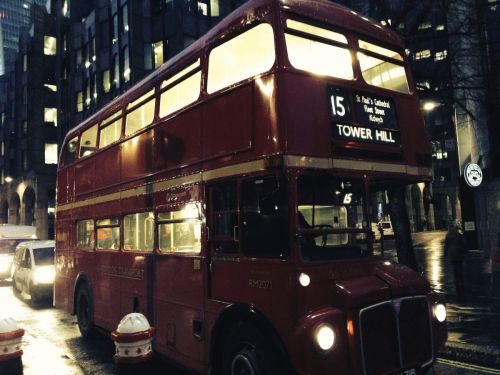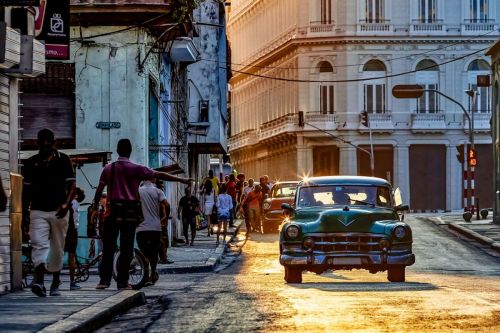Santorini is a magical island, part of the Cyclades archipelago located in the Aegean Sea. A small but impressive piece of land with breathtaking landscape and architecture.
The island is considered one of the most beautiful places on earth. Almost everyone recognizes characteristic white buildings, narrow streets and blue dome-shaped roofs, even people who have never visited the island recollect its features for sure. Santorini is a must-see for Greek couples or honeymooners, but tourists from other countries are also warmly welcomed.
It was an extremely developed Minoan city, which, like Pompeii in Italy, suffered greatly from the volcanic eruption.
Archaeological works are carried out here that reveal perfectly preserved 3-story houses built of stone blocks. Among ancient walls, the Minoan vases, furniture, inscriptions in Linear B writing, and frescoes depicting scenes from everyday life have been found. One of the most famous frescoes depicts two boys carrying fish.
It is a place with a perfect view of the panorama. From here, ancient soldiers were scouting for approaching enemy ships.
At first, it was used by the Greeks, then the Venetians who built a fortress of strategic importance on the Sykros Mountain. Around the defensive infrastructure, islanders built a settlement of about 200 houses. Until the eighteenth century, the settlement was the island's capital. The fortress and village were utterly destroyed during numerous earthquakes.
The name of the peak comes from the monastery built in 1712 at its peak. The monastery suffered a bit during the earthquake in 1956. However, it is still inhabited by the monks running the local museum.
The museum has a rich collection of icons and bibles in various editions. Some of them are rewritten by hand. The monks also produce wine, run a shoe workshop and make candles.
Renovated in 1663, it is notable for its carved wooden icon screen and its old, characteristic architecture. The church boasted a Holy Icon once, but it was stolen in 1983.
The town of Pyrgos is situated on a hill. There are ruins of an old Venetian castle built on the summit.












